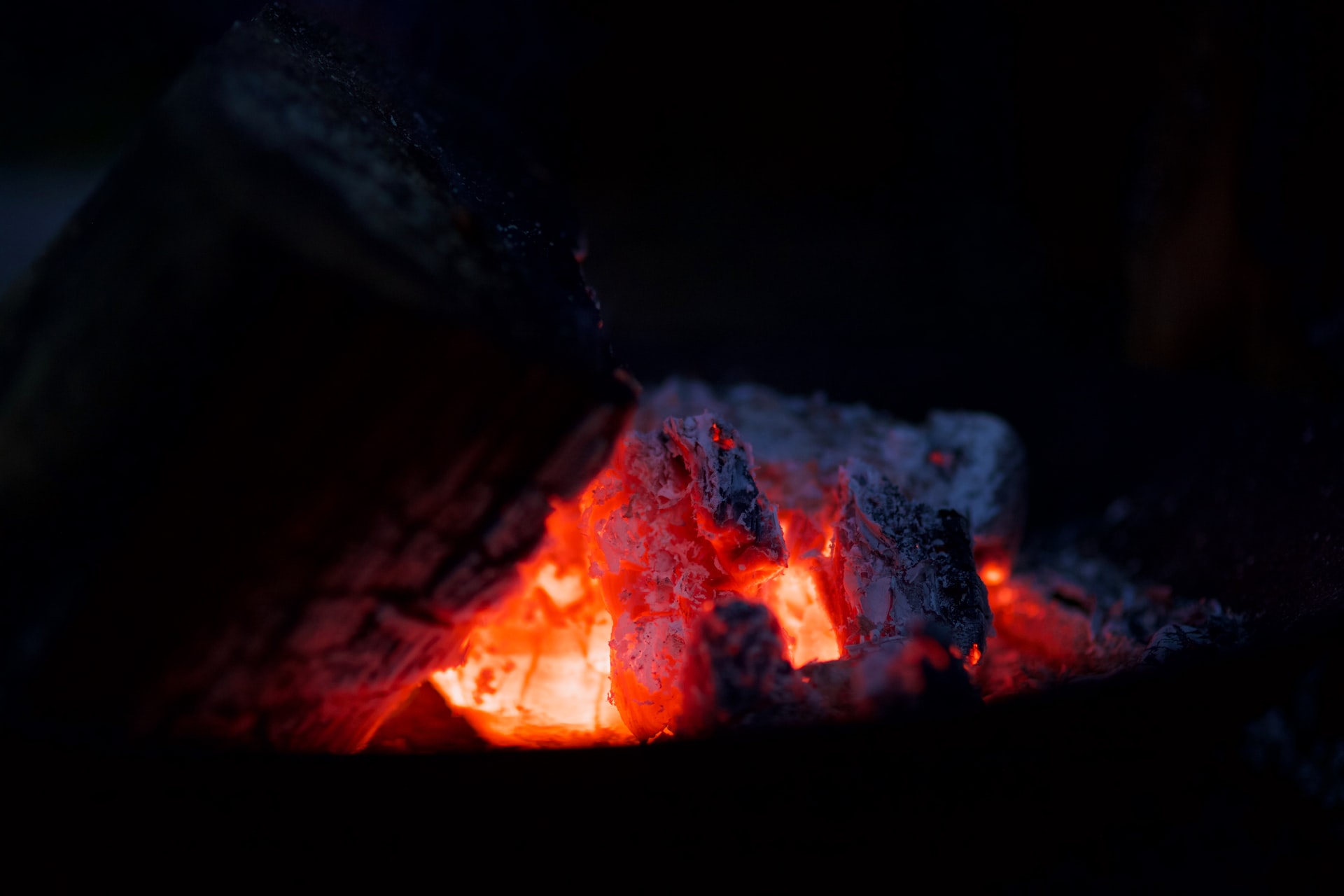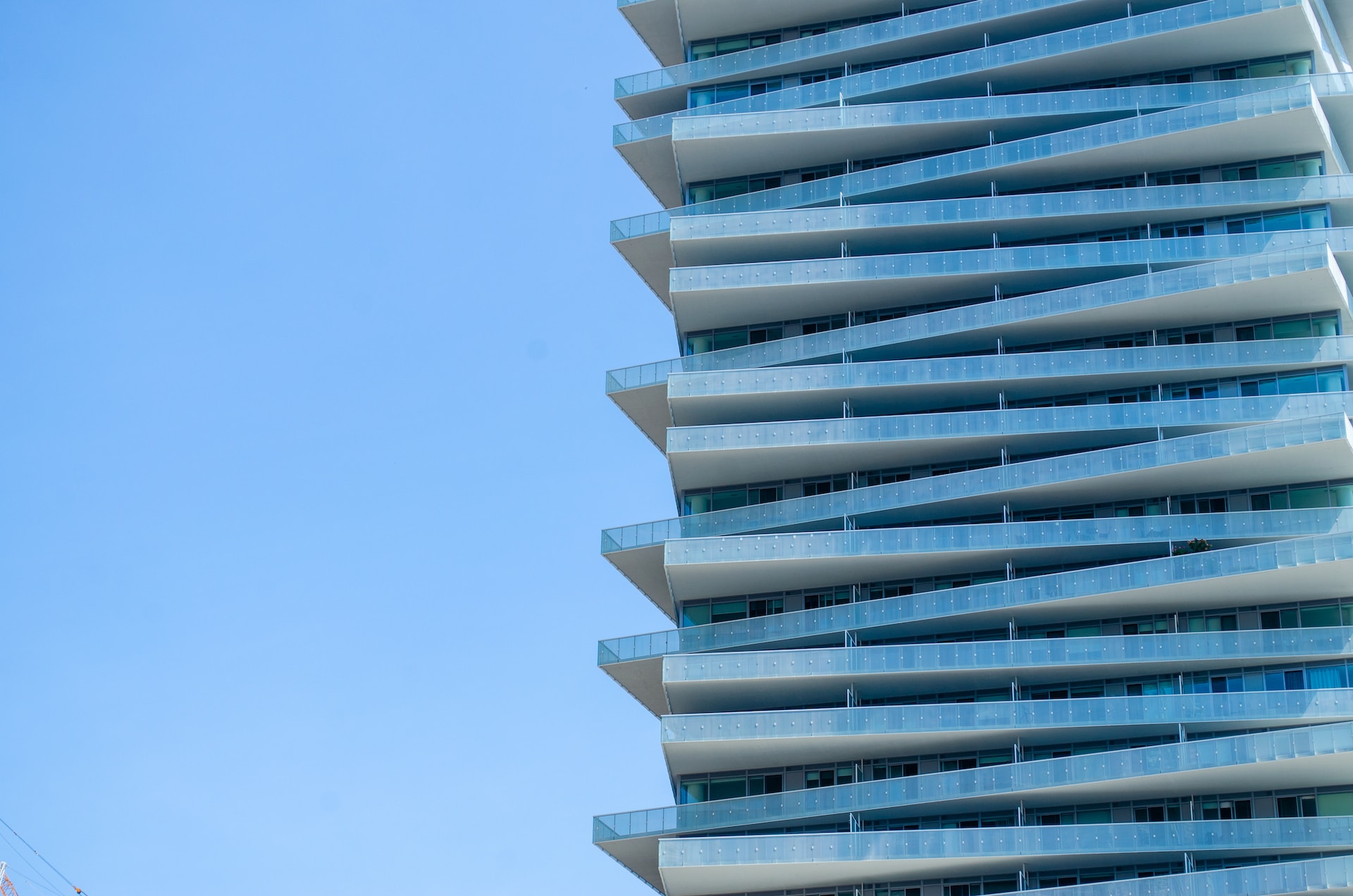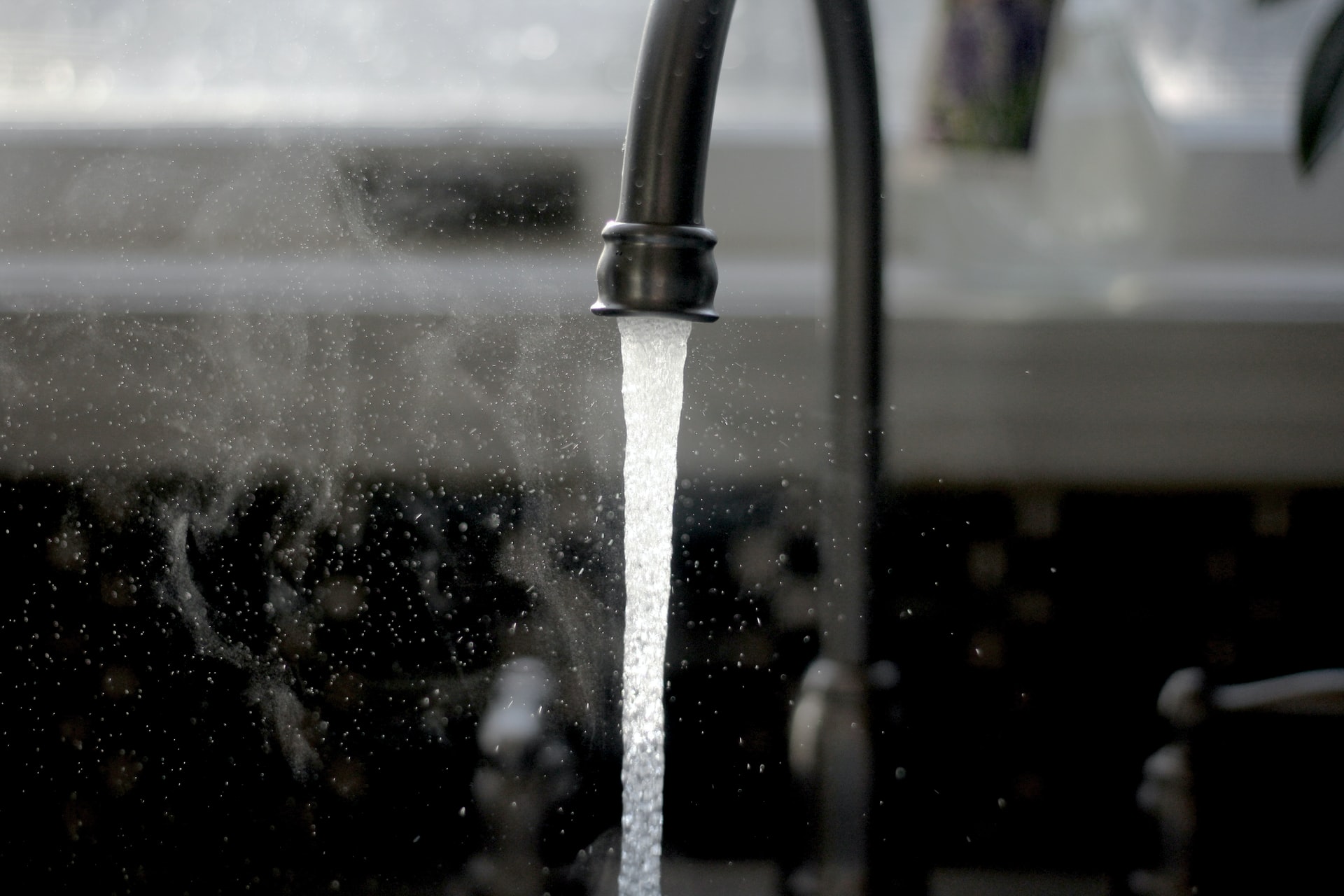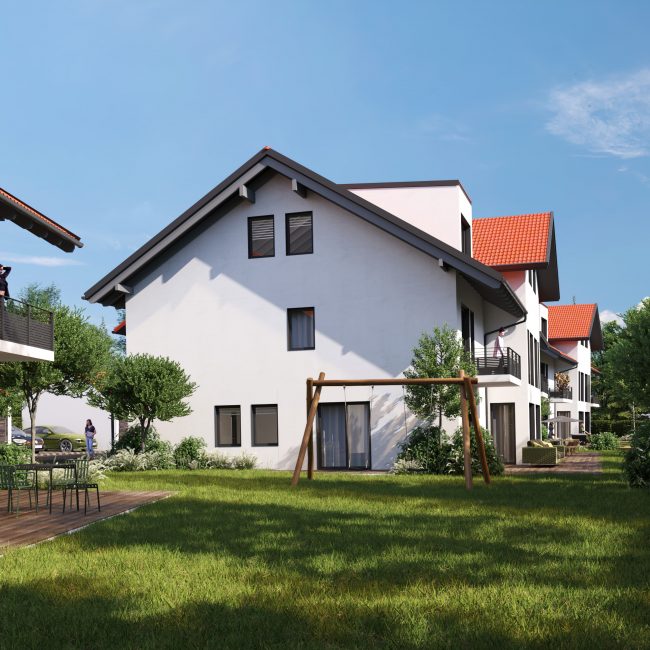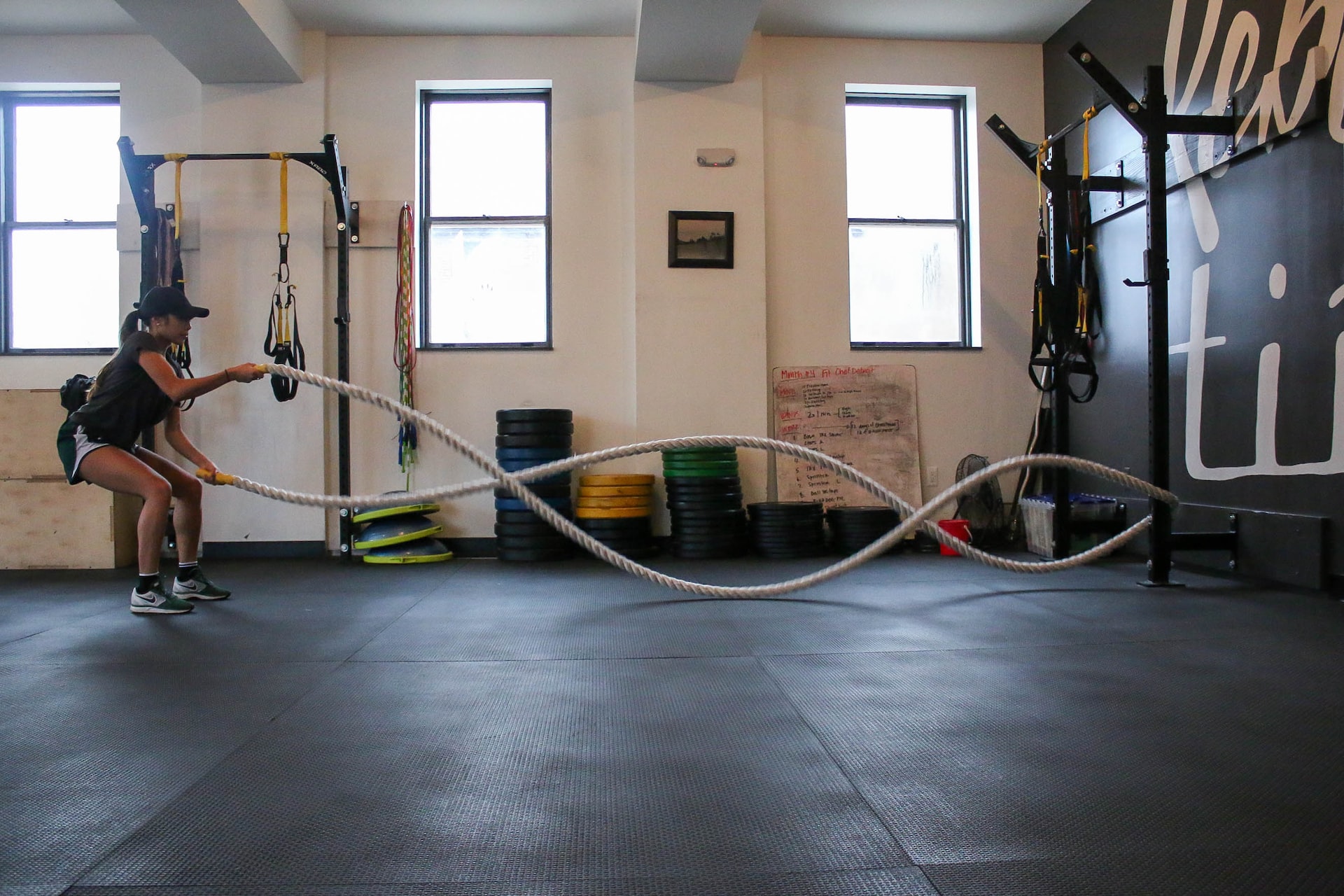This manual covers furnace types, heating systems, how to choose a reliable HVAC firm, and typical furnace issues.
Four Different Furnace Types
The heating system’s workhorse in a home is the furnace. The Furnace Repair Langley produces warm air when the thermostat is turned on, and a fan pushes that air into the ductwork so that it may be distributed throughout the house. The type of furnace installed determines how heat is transferred mechanically.
Burning oil
Oil furnaces are a popular feature of homes in the northeastern United States. These appliances are less expensive than gas furnaces (by up to 25%), but they perform slightly less efficiently. As it passes through a heat exchanger, cold air is heated. The heated air is then distributed throughout the house via air ducts.
Electric heaters
These furnaces are significantly less expensive (up to half as much) and survive up to ten years longer than their gas-powered equivalents. However, because power is more expensive, their operating costs are higher each month. Air is heated by exposed elements and is then ducted to various parts of the house.
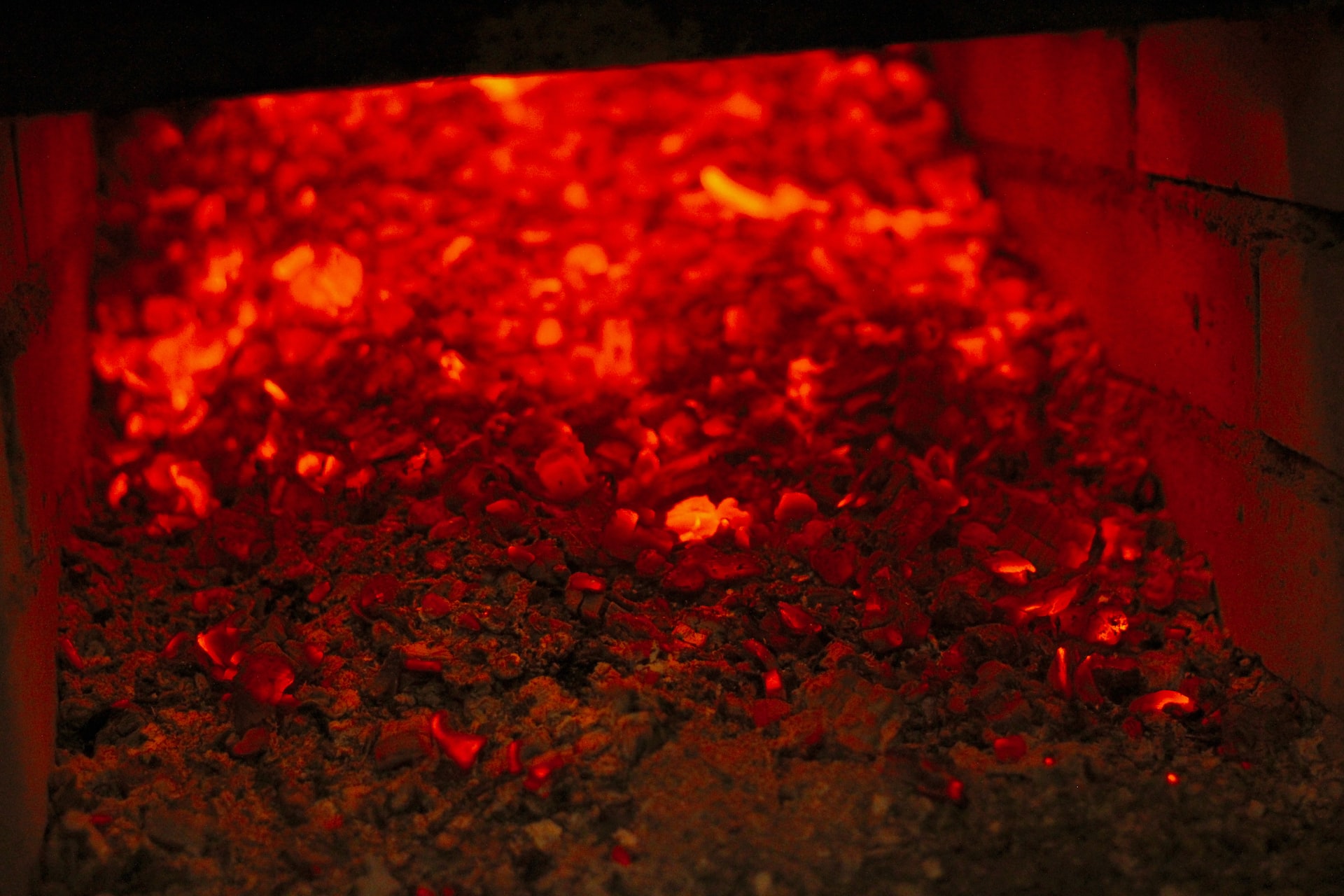 LP Gas Furnaces
LP Gas Furnaces
About 10% of American households have furnaces that run on propane. In subterranean or aboveground tanks, propane is kept. It starts to burn in the furnace. Through the employment of a heat exchanger, the heat is converted to incoming air before being distributed throughout the home.
Natural gas fireplaces
Modern gas furnaces are very effective and cost-effective. These units are employed in about 50% of American houses. The same heat-transfer method is used in gas and propane furnaces.
Regarding Heat Pumps
Many people are converting to heat pumps from conventional furnaces.
Heat pumps work by transferring heat energy to the outside or within, depending on the season, making them perfect for homes in mild climates. Heat pumps serve as air conditioners in the summer by removing heat from dwellings and directing it outdoors. They serve as furnaces in the winter, drawing heat from the outside air and bringing it inside. Despite the fact that it defies common sense, it functions because heat energy may exist in seemingly cold air. It is occasionally required to use an additional heating source in places with extremely low temperatures.
An indoor air handler plus an outside heat pump make up a heat pump. The heat pump has a compressor within, just like a conventional air conditioner.
The manner a heat pump produces heat is the primary distinction between one and a gas furnace. Heat is moved using power by heat pumps, which are powered by electricity. Fuel is burned in gas furnaces.
Heat pumps don’t emit any hazardous gases and are energy-efficient.
The Best Heating System to Choose
Set up a consultation with a representative from an HVAC firm if you’re updating or installing a heating and cooling system in a new home. Your choice of the optimal system type and size for your house will be assisted by this person.
Installing the proper furnace or heat pump for your house is crucial. The system won’t be able to meet demand if it’s too tiny. If it’s too big, you waste resources and lose effectiveness. To choose the proper size of unit, a consultant will help you take into account the size of the house, the quantity of windows, the size of the household, and the temperature in the area.
The type of heating system you choose will depend on the local fuel sources that are accessible. Some places are better suited for gas furnaces, while others are better suited for electric furnaces and heat pumps.
Reputable Brands of Heat Pumps and Furnaces
Brands of furnaces and heat pumps with a long history of dependability include Trane, Rheem, American Standard, Carrier, and Goodman. A furnace can cost anywhere from $850 to $2,550, depending on the manufacturer, model, and size of the system.
Common Furnace Issues and Solutions
The furnace won’t turn on, which is a problem.
The thermostat is it on? Make sure the temperature is at least five degrees higher than room temperature and that it is set to “heat.” Make sure the furnace fuse hasn’t blown by checking it in the breaker box.
Try checking and replacing the thermostat’s batteries. Make sure the thermostat’s inside is free of debris and dust that could obstruct connecting points.
Exists a timer for the heat? Check the settings on the thermostat timer.
Verify the furnace access panel door’s safety switch. The switch will come out and stop the furnace from operating if the door has been opened. For the furnace to function, the panel door must be shut with the safety switch locked.
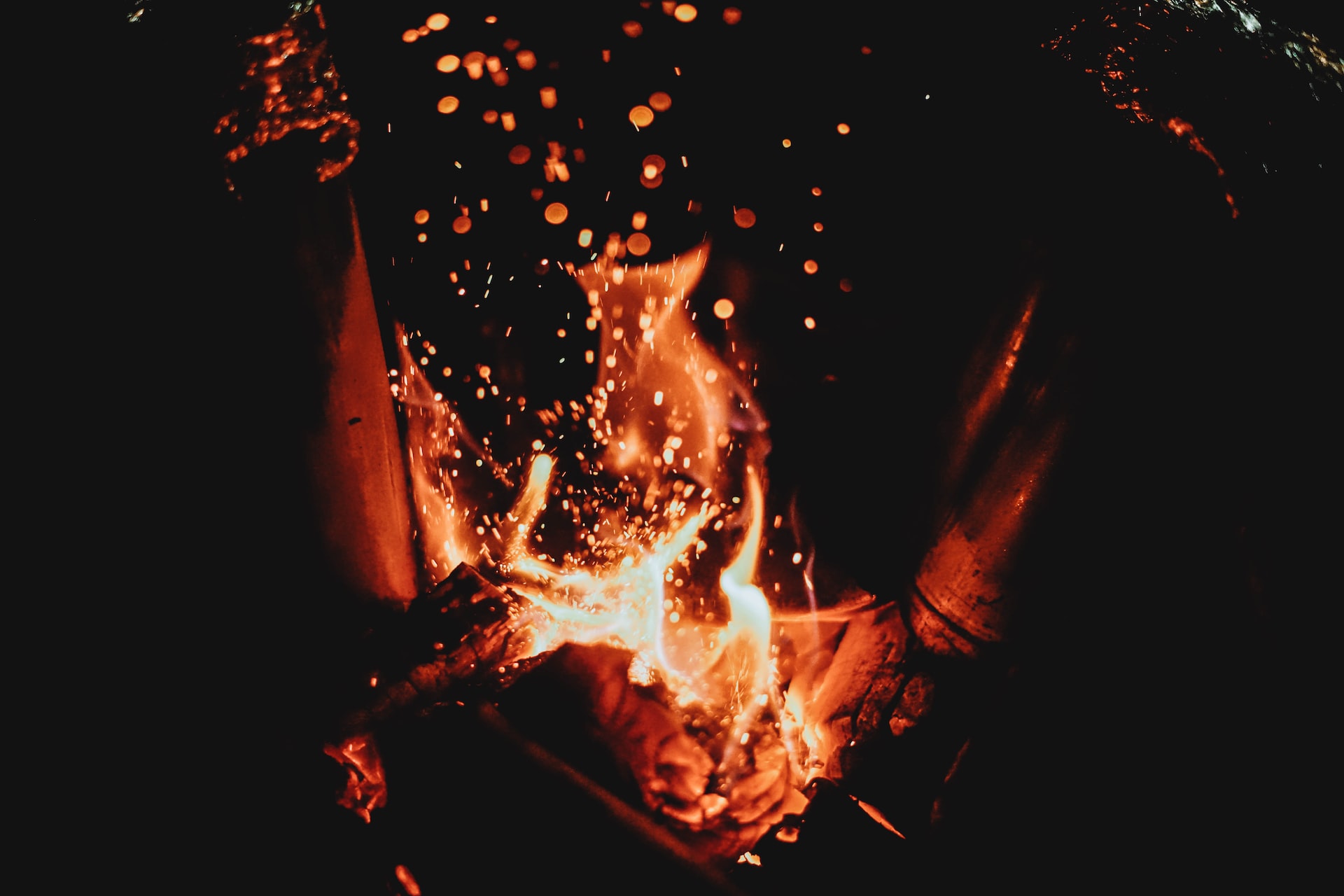 The furnace isn’t producing as much heat as it should.
The furnace isn’t producing as much heat as it should.
Try to replace or clean the filter. The most frequent cause of poor furnace efficiency is clogged filters. Dust-filled filters prevent air from entering the unit and make the air handler work harder than necessary. Less warm air enters the house as a result of the system’s lower airflow. Due to the air handler’s increased workload, your electricity cost could also go up.
Typically, intake filters are concealed beneath a grate in the floor, ceiling, or wall. Some are really within the furnace.
The furnace works, but it doesn’t generate heat.
Ensure that “hot” and not “cool” are selected on the thermostat.
Look for a blown fuse or a tripped circuit in your breaker box. The switch needs to be turned “ON.” Resetting the breaker requires flipping the switch back to “ON” if it is in the “OFF” state.
The furnace’s burner is malfunctioning.
Furnaces powered by gas or propane are susceptible to dust and debris obstructing the burners. Blue and steady flames from the burner are ideal. These are indications that the burner requires cleaning if they are uneven or discolored. Condensation and accumulated soot prevent burners from operating effectively.
After turning off the gas and electricity, vacuum-clean the burner. If you maintain your furnace yourself, remember to clean the burner once a year, ideally right before the cold weather arrives.
Issue: The Blower Keeps Running
When the limit switch trips, this issue arises. When temperatures rise too high, the limit switch is intended to trip. In order to remove the heat, the flame or element is extinguished. If a limit switch malfunctions, it remains open, which causes the blower to continue operating continuously.
To have a professional come out and replace the limit switch, contact an HVAC provider. He or she will decide whether the thermostat has failed or the limit switch is the cause of the blower operating continuously.
The furnace turns on and off too quickly.
There are various potential causes for this issue. An old or unclean air filter could be one of the causes. If the problem persists after cleaning or replacing the filter, contact an HVAC company. The problem needs to be fixed by a technician.
Problem: The furnace or ducts are making noise.
Strange noises shouldn’t emanate from a furnace that is operating properly. There could be sagging motor belts, worn-out bearings, or unsecured panels. Grinding or squealing noises are warning signs that something is wrong and should be checked out by a technician.
Ducting popping sounds may be caused by the ductwork expanding and contracting in response to temperature changes. If you pay attention to when the sounds happen, you might be able to link them to variations in temperature.
Issue: There is a gas smell.
Call your gas utility company and get everyone and any pets out of the house if you smell gas. Gas leaks can be harmful. It’s possible for an explosion to occur since gas is flammable, and breathing too much gas can be fatal.
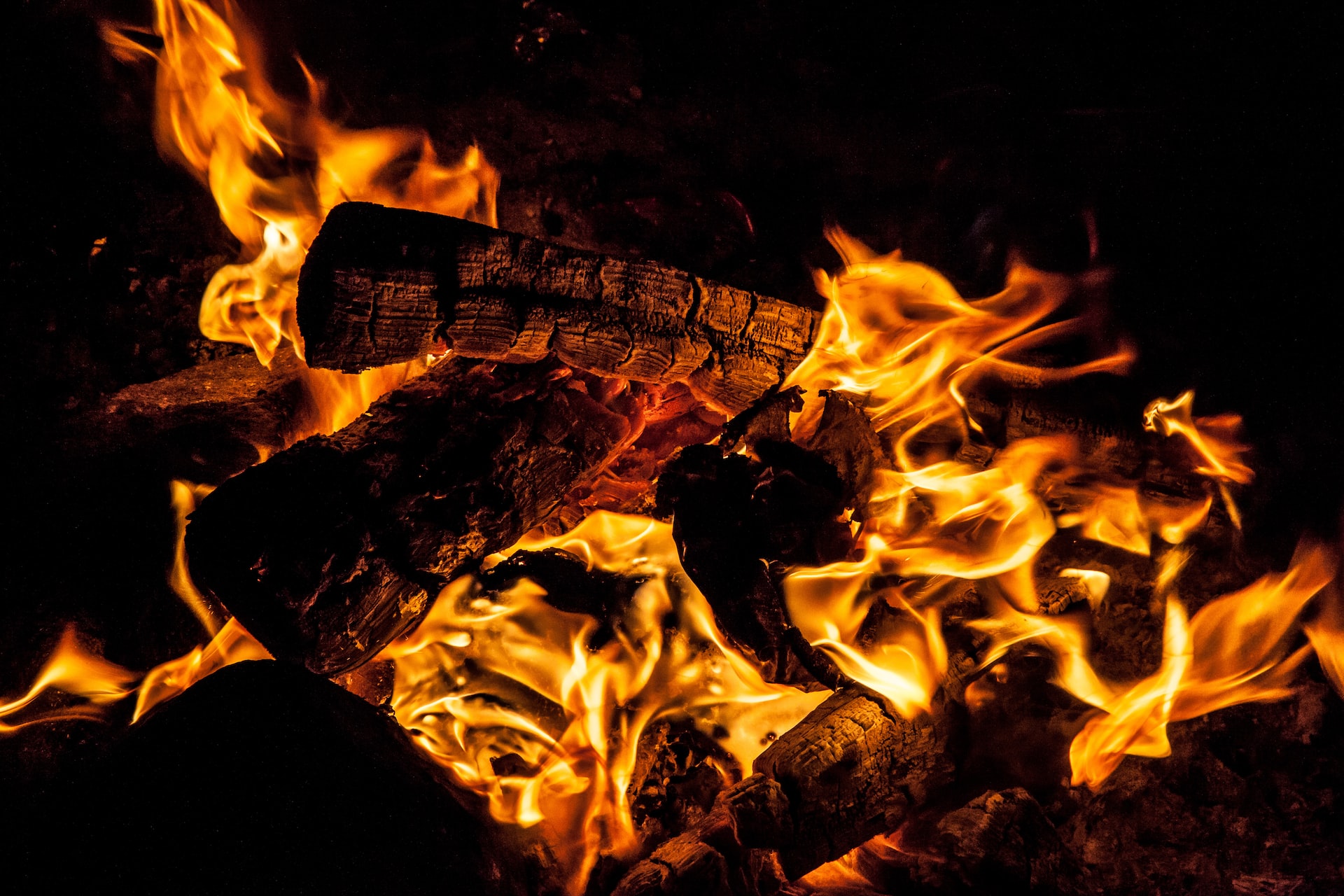 How to Locate a Furnace and Heating Repair Company
How to Locate a Furnace and Heating Repair Company
An HVAC firm is the organization to contact if you need to hire experts for heating and furnace repair. “Heating, Ventilation, and Air Conditioning” is referred to as HVAC. All services relating to temperature regulation, air distribution, and air quality in homes and buildings are provided by HVAC firms.
HVAC firms offer a range of services related to heating systems, such as:
- installation and replacement of a furnace
- maintenance of heating equipment, installation of heat pumps, and furnace repair
Locate a Reliable Installation and Repair Company for Your Heating and Furnace
Finding a competent HVAC contractor might be a lot easier if you ask about among your friends, neighbors, and coworkers. Once you have names, ask around before conducting your own study. Look up each contractor’s profile online and any recent reviews. (We say current reviews since older ones can show a different management style or team.)
The Google business page reviews for the contractor are quite trustworthy. The contractor can only reply to these remarks; they cannot be changed. On the other hand, reviews on a contractor’s website are picked for the greatest presentation and are simple to write internally.
Locate HVAC companies in your area by using service directories. Try Thumbtack, Home Advisor, Angie’s List, and the internet Yellow Pages, to name a few.
Set up estimate visits for each company, either for a repair or a maintenance service, once you’ve selected three reliable ones. Keep a watchful eye on every detail of the visit. Take note of the technicians’ punctuality and whether they have company identification on them. Check your work for thoroughness. Note your actions and attitude.
Choose one HVAC firm to serve as your go-to source of heating and cooling services after the three estimate visits are finished. To ensure that your system is operating at its peak efficiency and to prepare you for a heating or cooling season free of emergencies, schedule the necessary repairs or maintenance visits.


